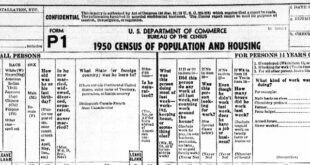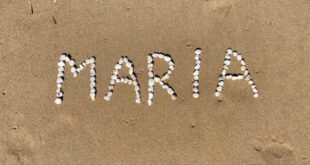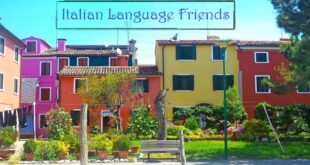Since last month’s column on FamilySearch.org and the method to submit your family tree, I have learned a few things.
When you go into the site, you have to start by creating yourself on your tree. Then you add your parents. Then you add your grandparents, and so on. Each time you add a name, there is a button that reads “check for duplicates.” Click that, just to be sure that the person is not already in the tree. It is possible that another relative started with their grandparents and is adding all the descendants, and might have entered a record for you in THEIR tree.
The important thing to understand in this system is the concept of ownership. If you create a record in your tree, that record belongs to you. You can change it, add a death date, add a marriage date, or anything else. There might be an exact duplicate record somewhere else in the site, but you cannot change it. That record belongs to someone else’s tree. If the system allowed you to change someone else’s record (even though the change would make it more accurate), then it would also allow someone else to change your records. Wait for someone to paint your picket fence bright yellow, and see how you’d react!
So imagine the surprise of a patron at the Family History Center last week who was looking at his tree on this web site. The tree has been created by his father some time earlier. So when the guy tried to add his mother to the tree, it told him that he was not permitted! It seems strange if you see a record of your own immediate family, that you wouldn’t be allowed to edit the data. You, after all, know more about them than anyone. Just keep all this in mind when you’re adding people to the site.
As you enter new people in your tree, please use the standard information that shows up below what you are typing. People all type dates differently. They may type 01/18/13. They may type 1/18/2013. They may use the month and type Jan 18 2013. You get the idea. So when you type a birth, marriage of death date, you will see a standardized date appear below the date you are typing. Select that date and then it will turn green and say “standard”.
It also standardizes locations, which is a little trickier. You start typing “Triggiano” and it automatically comes up with “Triggiano, Bari, Puglia, Italy”. If you start typing Chicago, it comes up with a lot of choices (Chicago, North Chicago, Chicago Heights etc). Once again, select the standardized entry from the list that is correct, and it will turn green and say “standard”. This makes it easier for people to find your relatives and connect to you. If they spell the name of the town incorrectly, and you search for the correct spelling, you might miss a connection.
Another important section of this web site is the Source Box. When you enter information, you should enter the source for it. Most of the genealogy software programs have set up a place where you enter a source one time, and then for each piece of data that you cite from that source, you refer to the source as it was entered the one time. It makes it easier than typing a lot of verbiage for the source over and over again.
For example, you have a copy of your grandmother’s death certificate. That one document contains her date of birth, place of birth, date of death, place of death, cemetery, cause of death, name of her father and name of her mother. That’s eight different pieces of data from one source. So you should create a source in your Source Box for the death certificate, and then you can refer to it on each piece of data as you enter them.
The source title should start with the location where the records are kept, and then list the type of record it is. I would create a source for “Cook County, Illinois, USA Death Certificates” and list the specific death certificate number and name. If you found the record on-line, you should copy and paste the web site URL in the next section. You can type some details on how you found the record and a description of the record if it is not a standard government or church document.
Now that the source is in the Source Box, it is much easier to add the source for each item, and the person who connects to your tree can check your work (and more to the point, you can check his!)
Write to Dan at italianroots@comcast.net and please put “Fra Noi” in the subject line.
 Fra Noi Embrace Your Inner Italian
Fra Noi Embrace Your Inner Italian





